Jewellery photography is a specialized field that demands precision, technical knowledge, and artistic vision. Macro Photography in Jewellery Shoots is crucial for capturing the fine details that make jewellery exquisite. Whether it’s the delicate facets of a gemstone, the intricate metalwork, or the brilliance of a diamond, macro photography allows photographers to showcase jewellery in its full splendor.
For jewellery brands, e-commerce platforms, and independent photographers, mastering macro photography is essential for creating high-quality visuals that attract and engage customers. In this guide, we’ll explore the importance of macro photography, discuss the essential equipment, delve into technical settings, and reveal expert composition and post-processing techniques.
1. Understanding Macro Photography and Its Role in Jewellery Shoots
1.1 What is Macro Photography?
Macro photography is a close-up photography technique that captures small subjects at a high magnification ratio, usually 1:1 or higher. This means that the image projected on the camera sensor is the same size as the actual subject.
1.2 Why is Macro Photography Essential for Jewellery Shoots?
- Reveals Intricate Details – Highlights craftsmanship, engravings, and gemstone facets.
- Enhances Perceived Value – High-resolution macro shots make jewellery look luxurious.
- Boosts Sales in E-Commerce – Close-up product images help buyers make informed decisions.
- Creates Engaging Visuals – Professional macro photography attracts attention on social media and marketing materials.
2. Essential Equipment for Macro Jewellery Photography
2.1 Choosing the Right Camera
A high-resolution camera with excellent dynamic range is crucial for capturing details in jewellery photography.
- Canon EOS R5 – 45MP sensor for superior clarity.
- Nikon D850 – Exceptional sharpness and low noise.
- Sony A7R IV – High megapixel count for extreme detail.
2.2 Best Macro Lenses for Jewellery Photography
- Canon EF 100mm f/2.8L Macro IS USM – Sharp, stabilized, and ideal for jewellery close-ups.
- Nikon AF-S VR Micro-NIKKOR 105mm f/2.8G – Produces crisp and high-contrast images.
- Sony FE 90mm f/2.8 Macro G OSS – Excellent clarity with built-in image stabilization.
2.3 Lighting Equipment for Macro Photography
- Ring Lights – Enhances gemstone brilliance.
- Softbox and Diffusers – Creates even lighting to reduce harsh reflections.
- LED Continuous Lights – Allows controlled illumination for detailed shots.
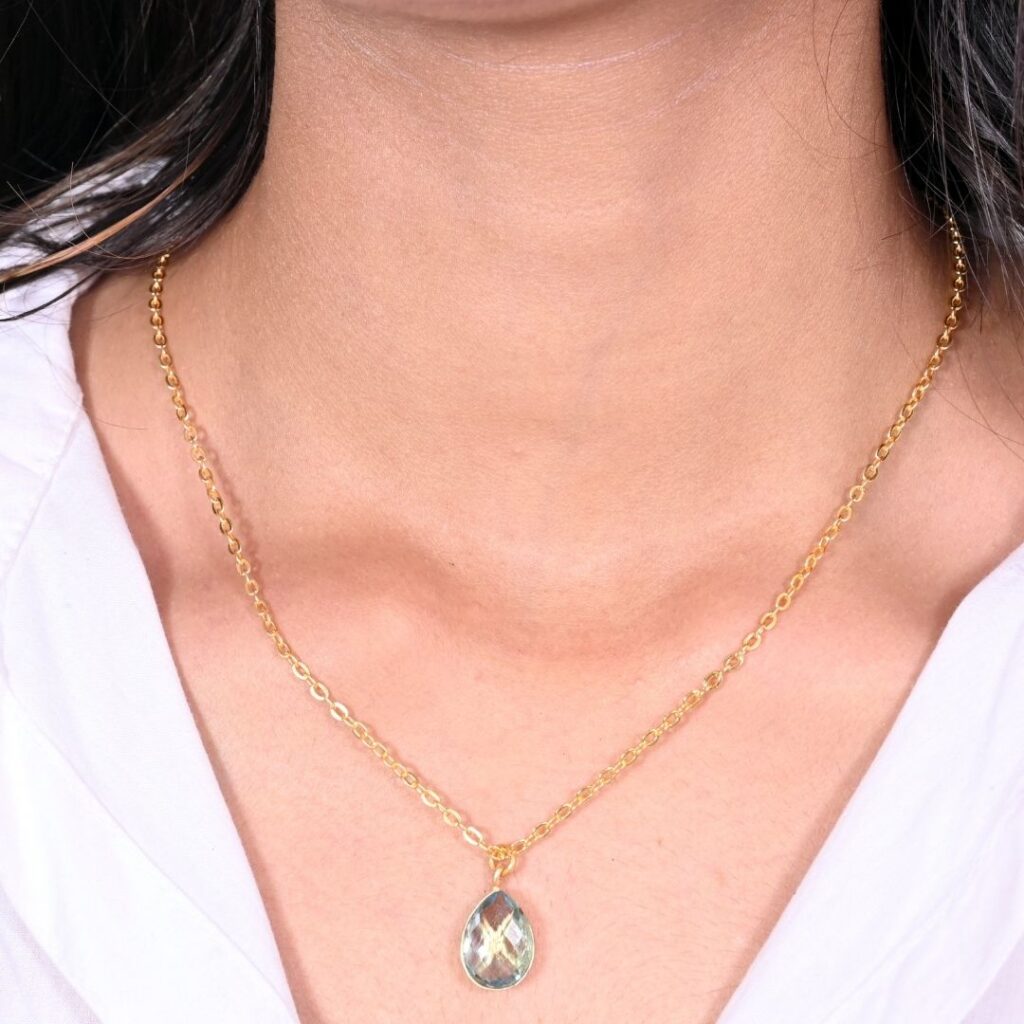
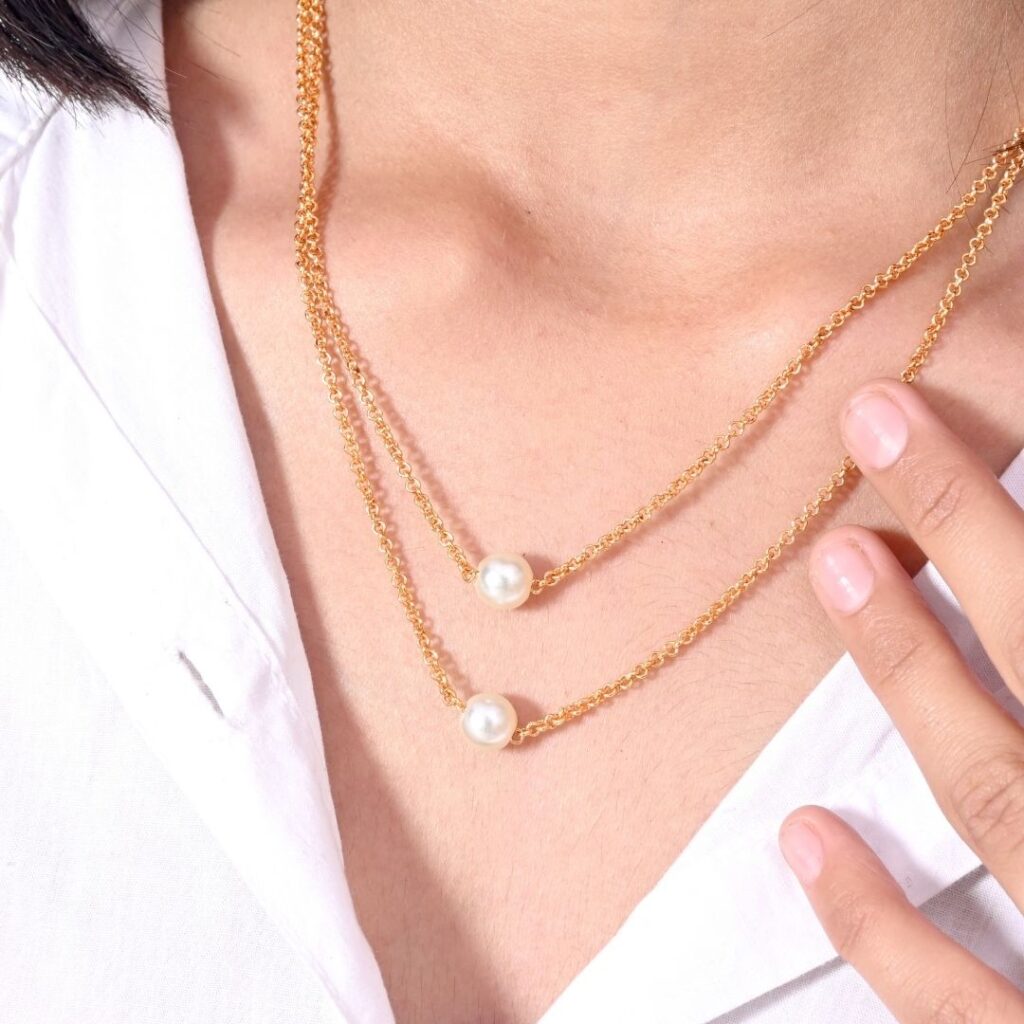
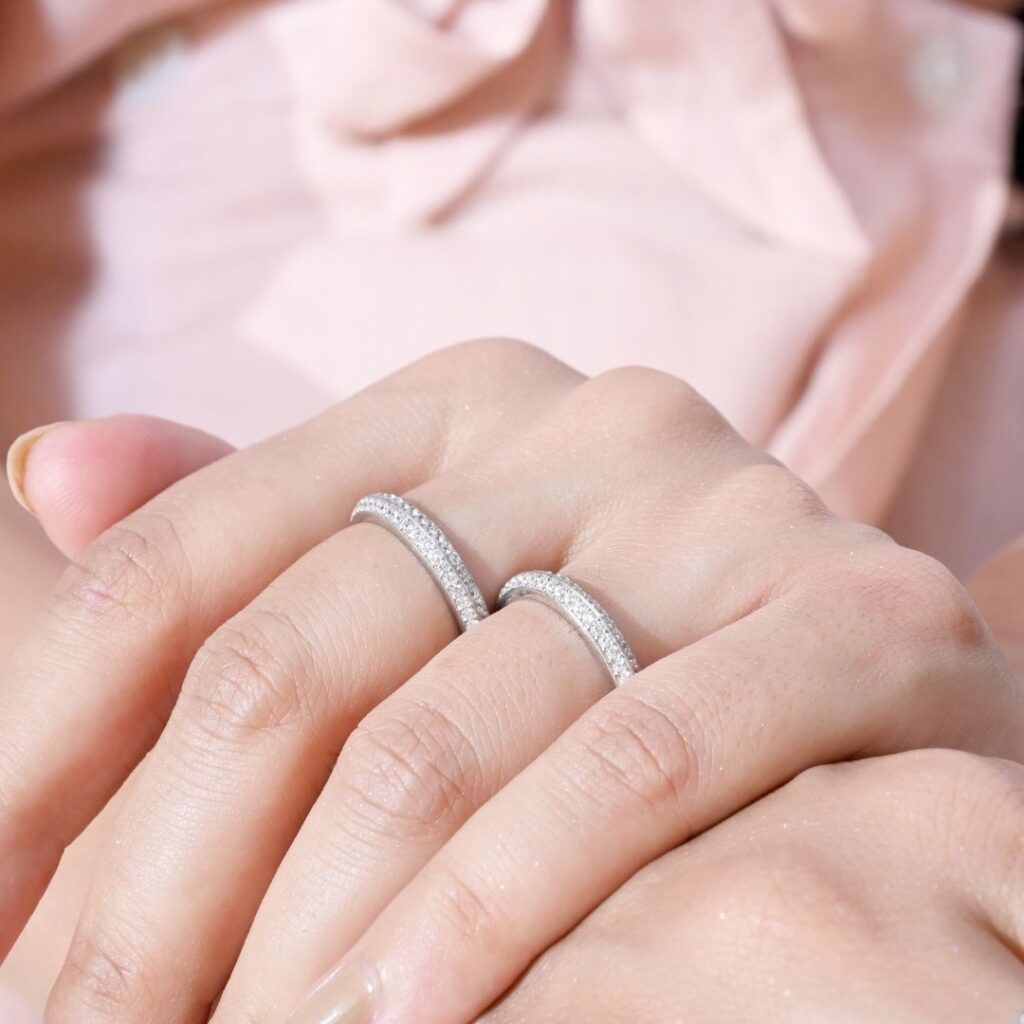
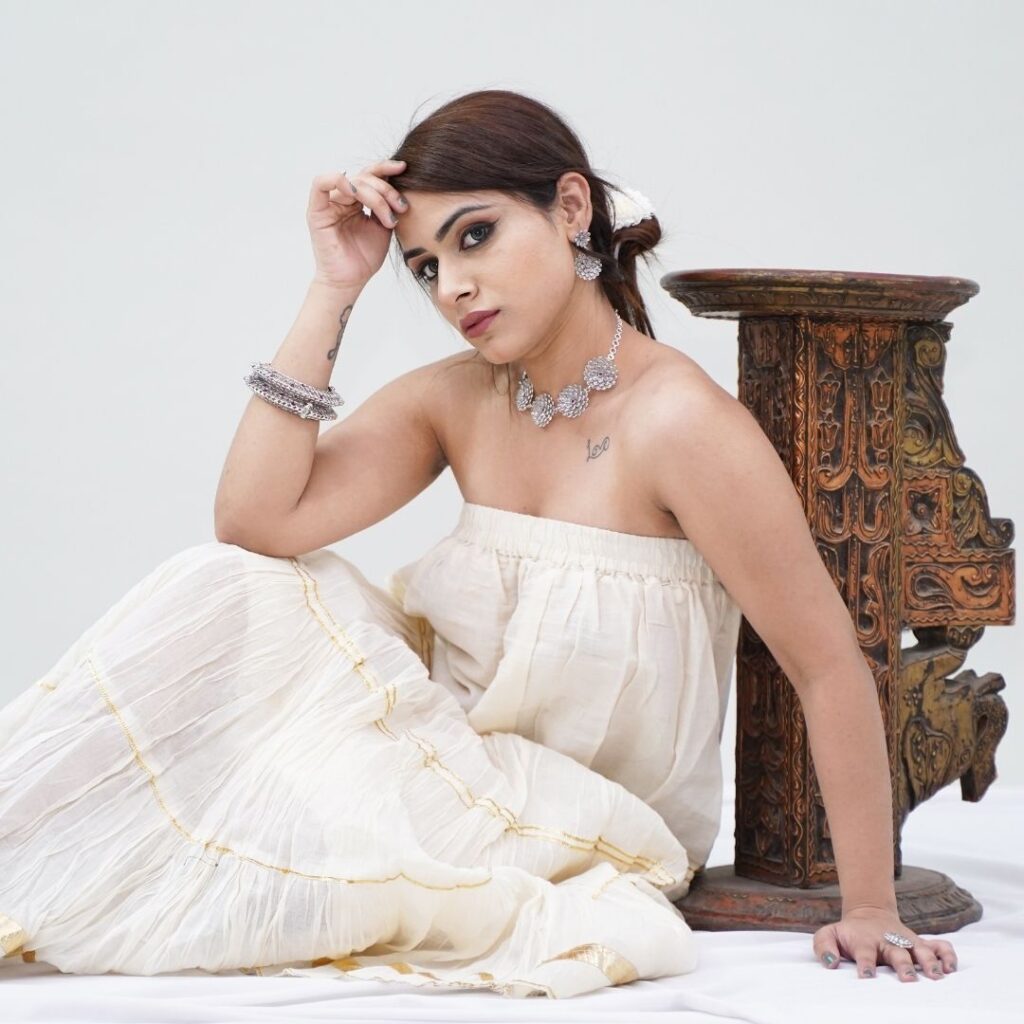
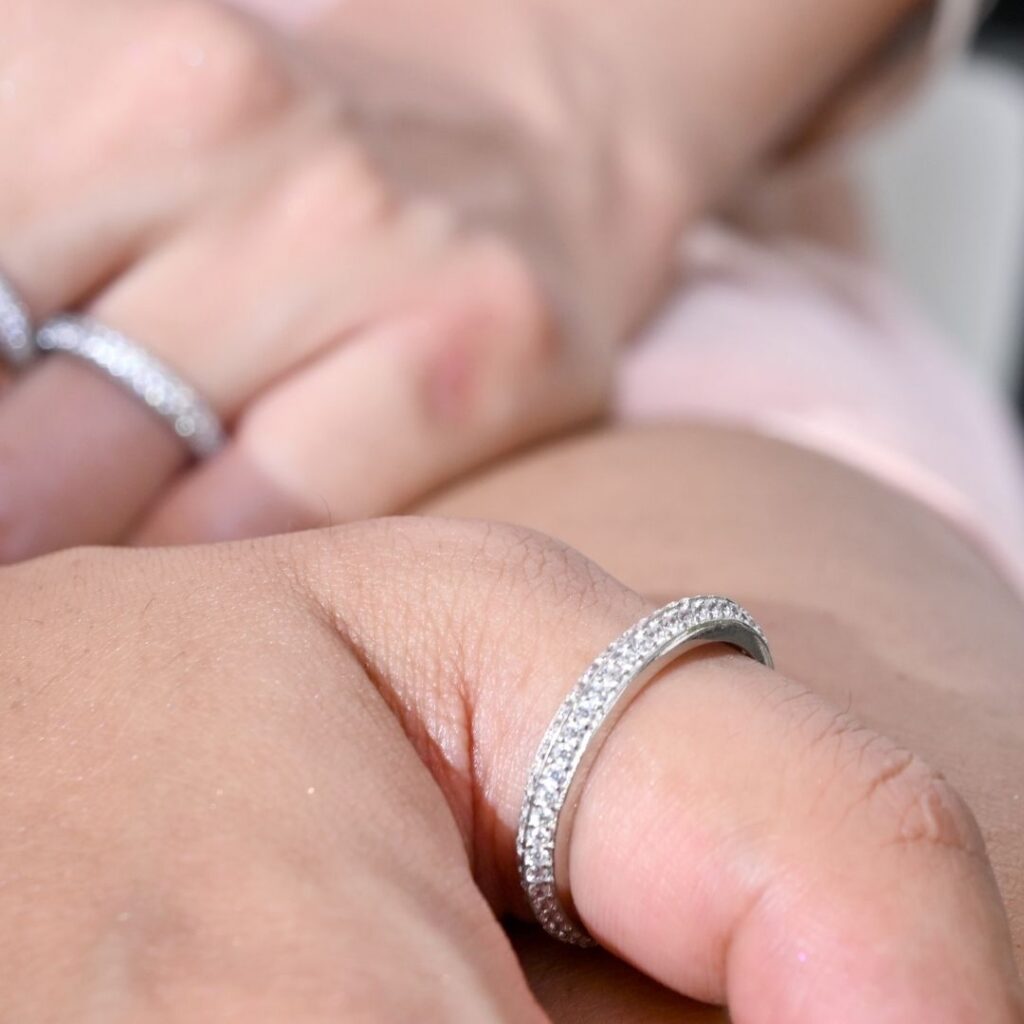
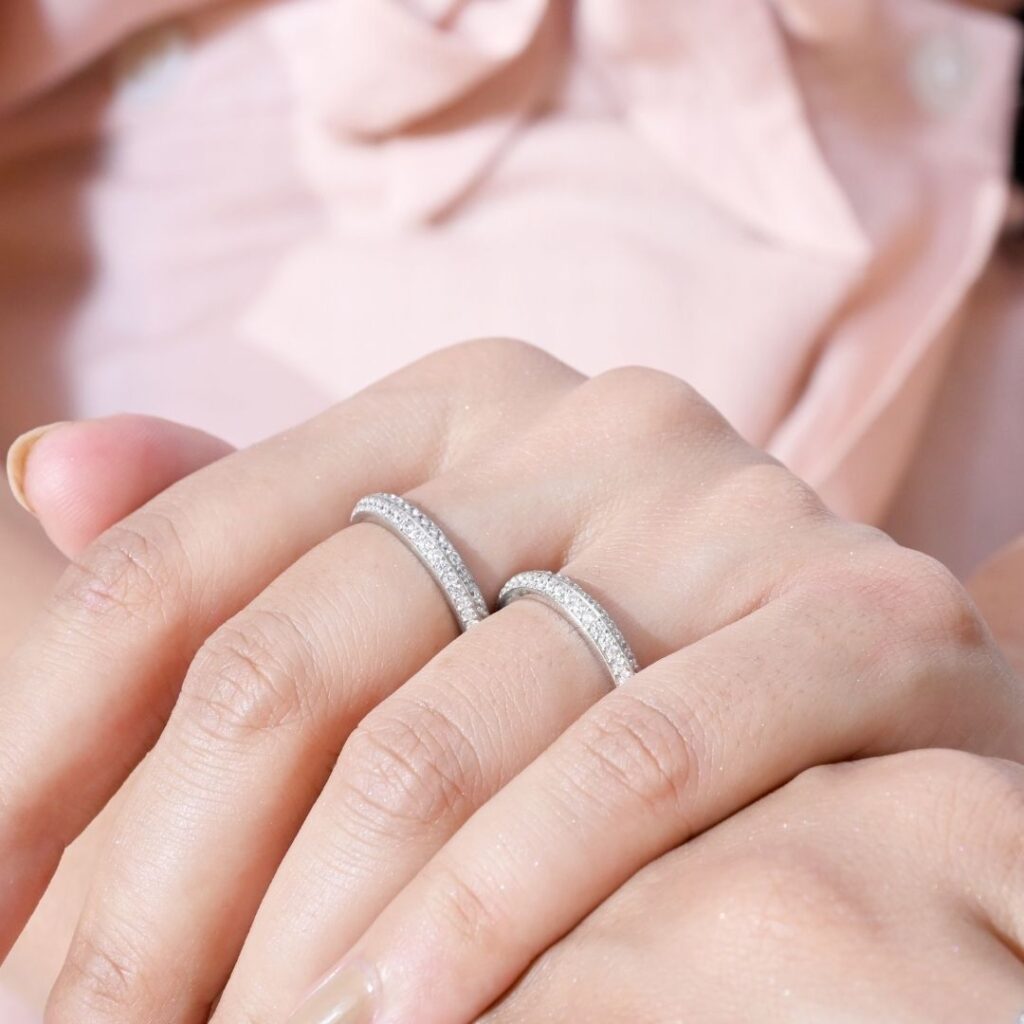
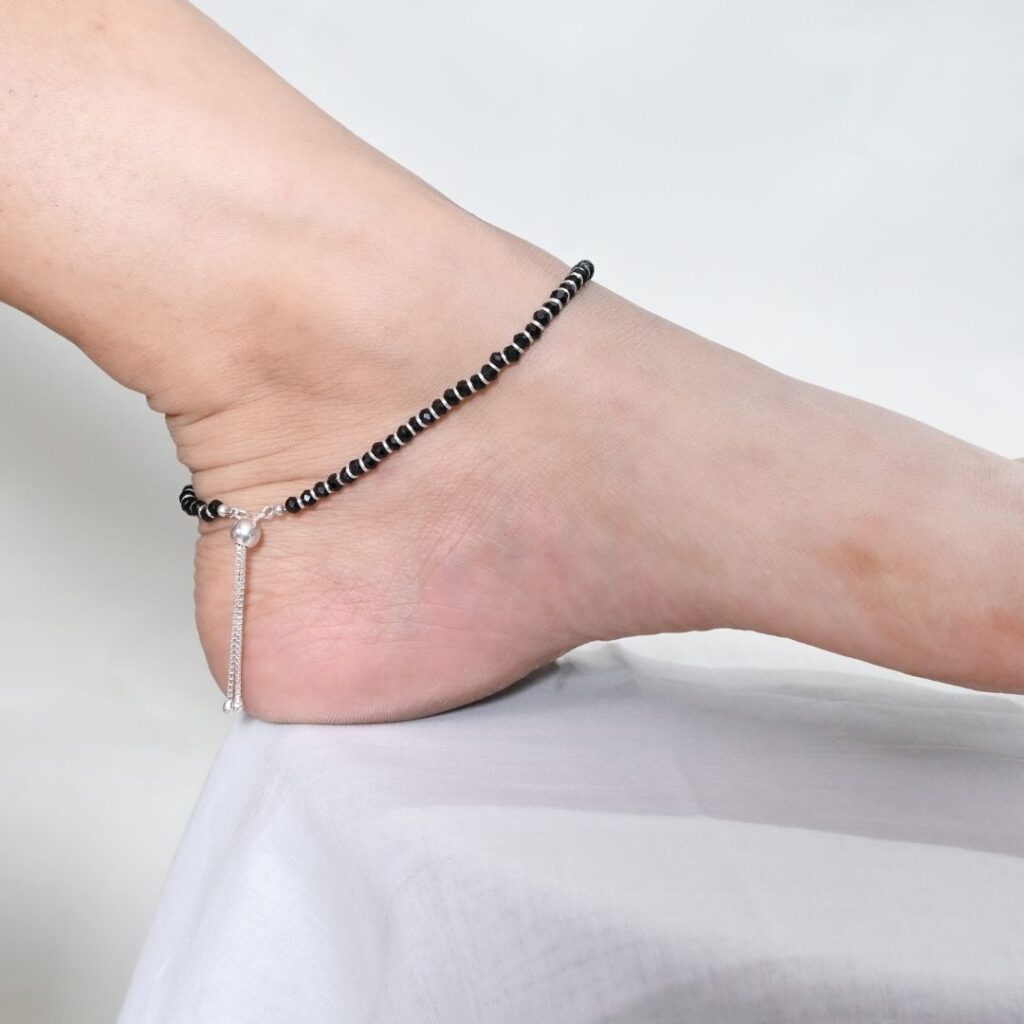
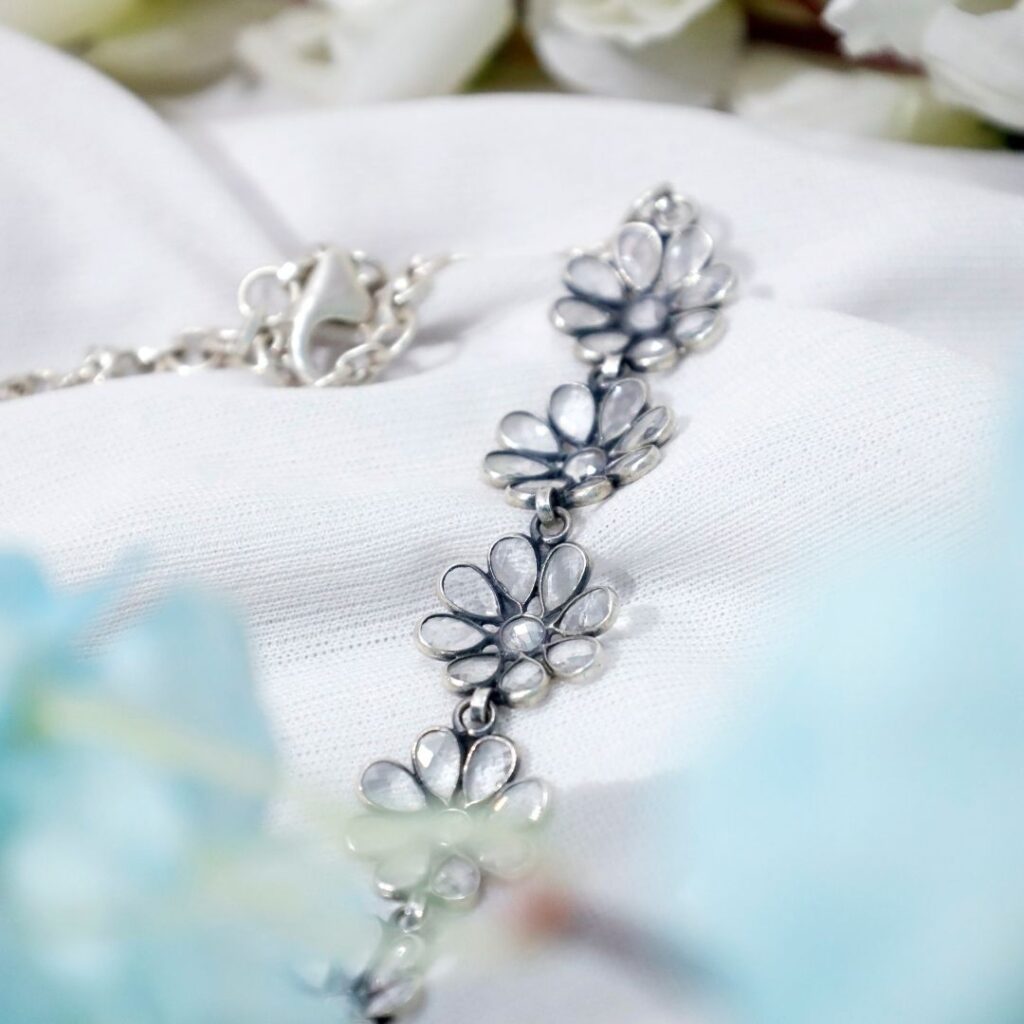

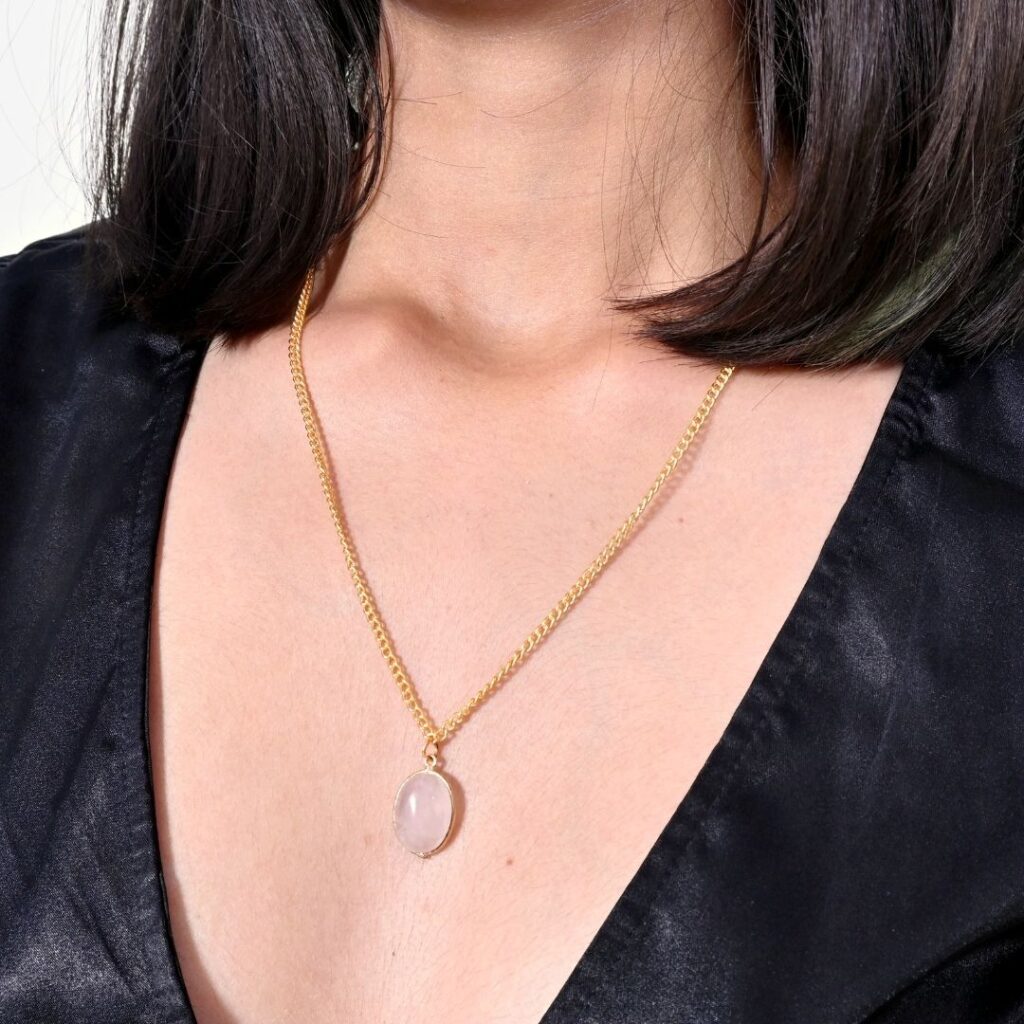
3. Camera Settings for Macro Jewellery Photography
3.1 Aperture Settings
- Use f/8 to f/16 for a deep depth of field.
- Avoid ultra-wide apertures (f/2.8 or lower) to prevent blurred edges.
3.2 Shutter Speed Considerations
- 1/200s to 1/500s is optimal to avoid blur.
- Use a tripod and remote shutter release to maintain stability.
3.3 ISO Settings for Noise Reduction
- Keep ISO between 100-400 to maintain clarity.
- Higher ISO can introduce grain, reducing overall image quality.
4. Composition Techniques for Jewellery Macro Photography
4.1 Framing and Angles
- Straight-on angles highlight symmetry in jewellery.
- 45-degree angles enhance gemstone facets.
- Top-down shots work well for flat-lay compositions.
4.2 Choosing the Right Background
- Black velvet for an elegant contrast.
- White backgrounds for e-commerce listings.
- Natural elements for a creative touch.
5. Advanced Macro Photography Techniques
5.1 Focus Stacking for Maximum Sharpness
- Capture multiple images at different focus points.
- Blend them using Photoshop or Helicon Focus.
5.2 Controlling Reflections and Glare
- Polarizing filters reduce unwanted reflections.
- Soft diffused lighting minimizes glare.
- Adjust light angles for better depth perception.
6. Post-Processing for Macro Jewellery Photography
6.1 Enhancing Sharpness and Clarity
- Use high-pass sharpening for intricate details.
- Apply clarity adjustments in Adobe Lightroom.
6.2 Color Correction for Accuracy
- Adjust white balance to maintain gemstone color fidelity.
- Use selective color grading to enhance metal hues.
6.3 Retouching and Imperfection Removal
- Spot healing brush for removing dust and blemishes.
- Frequency separation for smooth and polished finishes.
7. Conclusion
Macro Photography in Jewellery Shoots is an essential technique for capturing the beauty and intricacy of fine jewellery. With the right camera, lens, and lighting, photographers can create sharp, high-quality images that highlight craftsmanship and attract potential buyers. By mastering composition, advanced photography techniques, and post-processing skills, professionals can achieve breathtaking results in jewellery photography. Whether for online sales, branding, or editorial use, macro photography remains a powerful tool in showcasing jewellery in its best light.
FAQs
1. What is the best lens for jewellery macro photography?
A 100mm or 90mm macro lens is recommended for sharp and detailed images.
2. How can I avoid reflections in jewellery photography?
Use diffused lighting, polarizing filters, and change angles to reduce glare.
3. What background works best for jewellery macro shots?
Black, white, and soft-textured backgrounds help enhance jewellery details.
4. Should I use a tripod for jewellery macro photography?
Yes, a tripod provides stability, preventing motion blur and improving sharpness.
5. What is focus stacking in macro photography?
Focus stacking blends multiple images taken at different focal points to create a fully sharp final image.
By implementing these techniques, you can produce professional-quality jewellery photographs that showcase every intricate detail with stunning clarity.
Book your Macro Photography in Jewellery Shoots now with The Candid Shoot and create timeless memories today!

Sony Alpha a7 IV: The Ultimate Camera for Photography
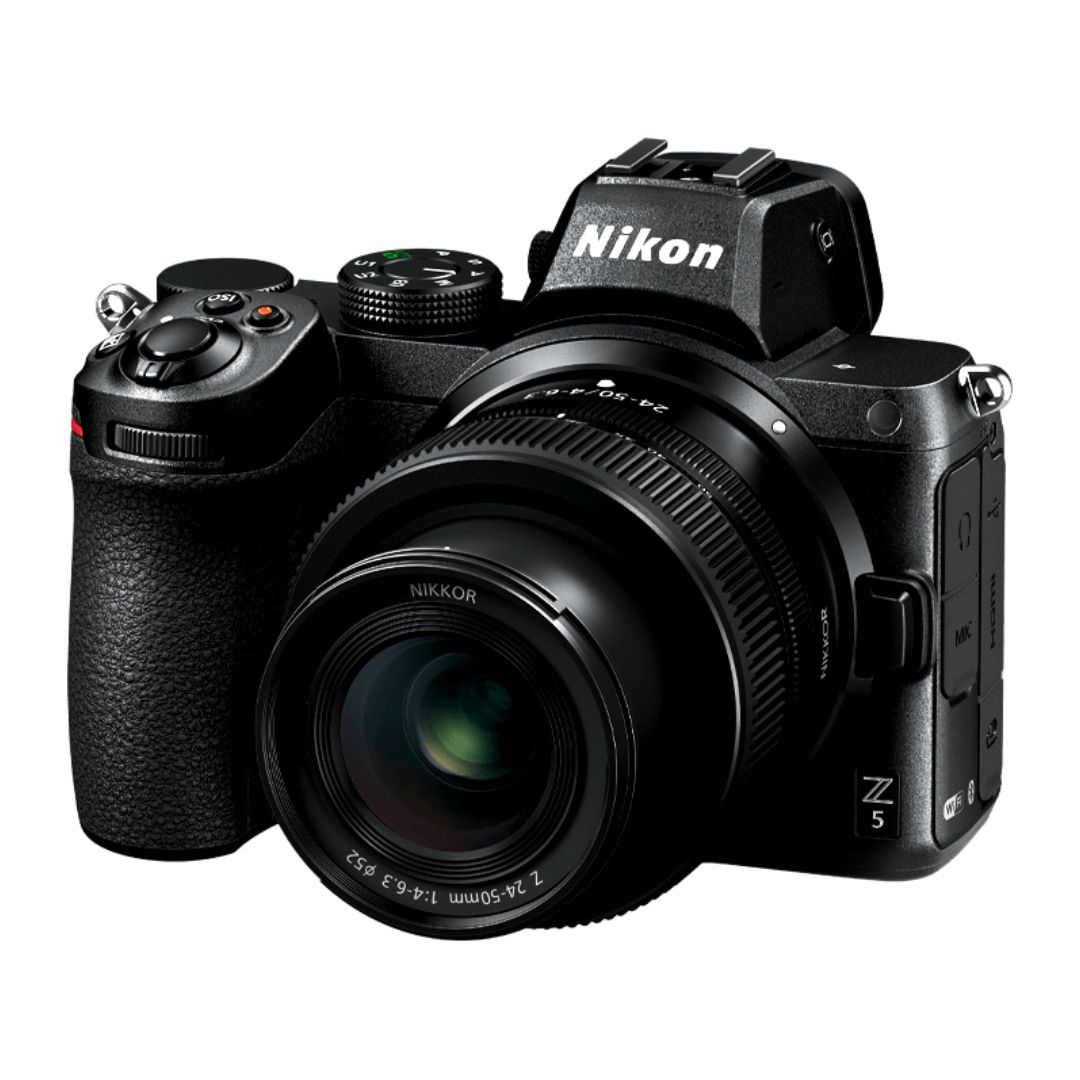
Nikon Z5 Review: Is It Worth It?
-
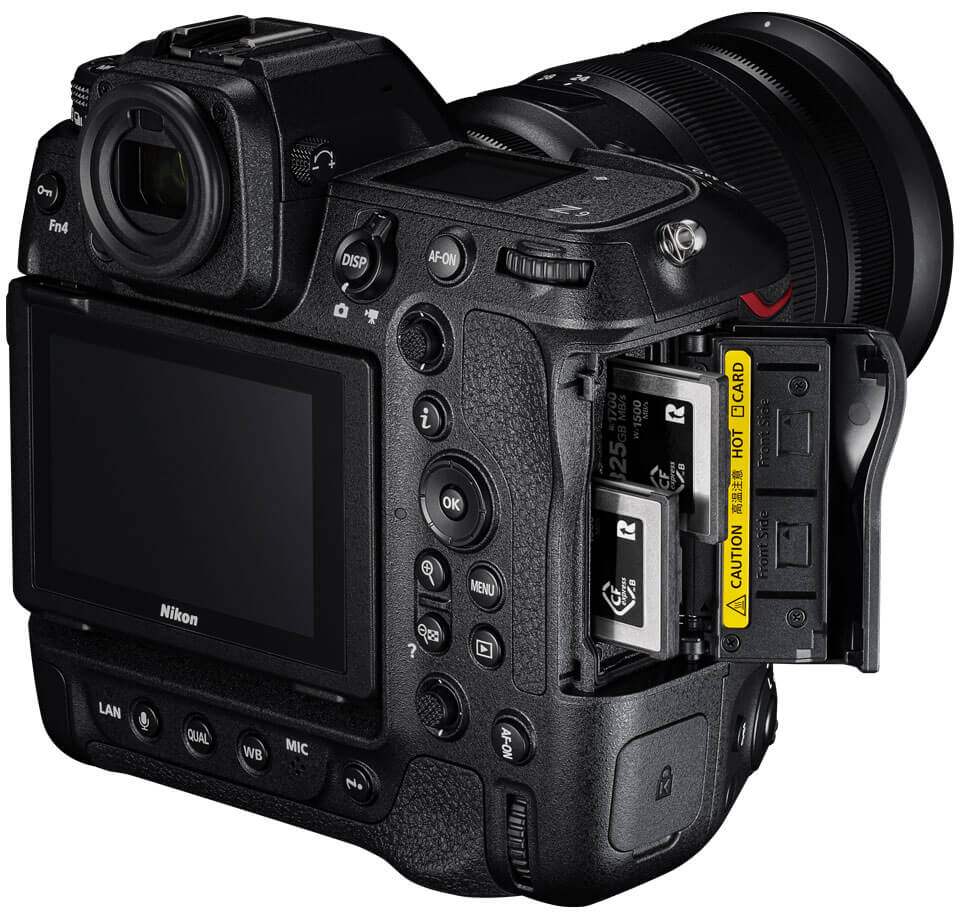
Nikon Z9 : Game-Changer for Photography
-
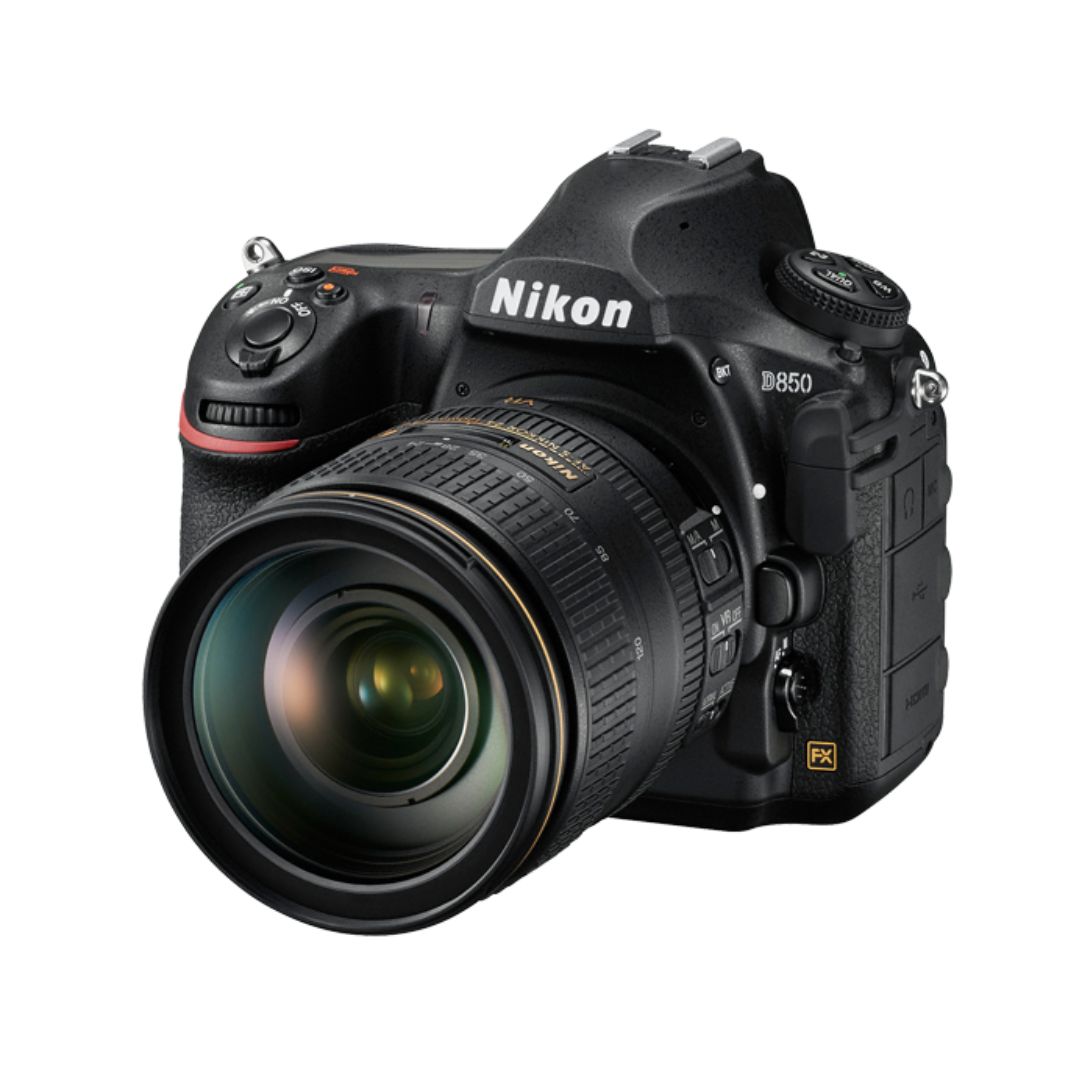
Top Features of Nikon D850 That Make It Ideal for Portfolio Shoots
Sony Alpha a7 IV: The Ultimate Camera for Photography
Explore the Sony Alpha a7 IV in this complete 2025 review. Learn how its pro-level features, real-world performance, and hybrid flexibility make it the ultimate camera for photography across genres like portraits, weddings, travel, and commercial work. Table of Contents Section 1: Introduction – Why the Sony Alpha a7 IV Stands Out The Sony Alpha…
Nikon Z5 Review: Is It Worth It?
In 2025, photographers—whether hobbyists, content creators, or professionals—seek equipment that blends value, performance, and future-readiness. Enter the Nikon Z5, a full-frame mirrorless camera marketed as a gateway to high-end imaging without a flagship price tag. But how well does it hold up under real-world demands like studio shoots, weddings, landscape adventures, and lifestyle photography? In…
Nikon Z9 : Game-Changer for Photography
Discover why the Nikon Z9 is considered a true game-changer for photography. This in-depth Nikon Z9 review explores key features, real-world performance, and how it excels in professional photo shoots in 2025. Table of Contents 1. Introduction The photography world witnessed a significant shift with the launch of the Nikon Z9, a flagship mirrorless camera…
Top Features of Nikon D850 That Make It Ideal for Portfolio Shoots
Discover why the Nikon D850 is the ultimate DSLR for portfolio shoots. Explore its top features—from resolution and dynamic range to autofocus precision and workflow speed—that help photographers create stunning, high-impact images for professional portfolios. Whether you’re a portrait artist, fashion photographer, or visual storyteller, a portfolio shoot demands technical excellence, creative flexibility, and uncompromised…
Candid Moments with Canon EOS R10: Lightweight & Reliable
In the evolving world of mirrorless photography, the Canon EOS R10 stands out as a lightweight yet powerful camera tailored for real-life storytelling. Whether you’re photographing street scenes, family gatherings, weddings, or spontaneous portraits, capturing genuine emotion requires a responsive and discreet tool. This article dives deep into how the Canon EOS R10 excels in…
Bold Portraits with Canon EOS R5: Is It the Best for Work?
Studio photography has always demanded precision, artistry, and impeccable gear. As the expectations for commercial portraits, fashion campaigns, and editorial work continue to rise, the tools we use must evolve. Enter the Canon EOS R5, a camera that has stirred the professional waters with its impressive technical specs and forward-thinking design. In this comprehensive Canon…

